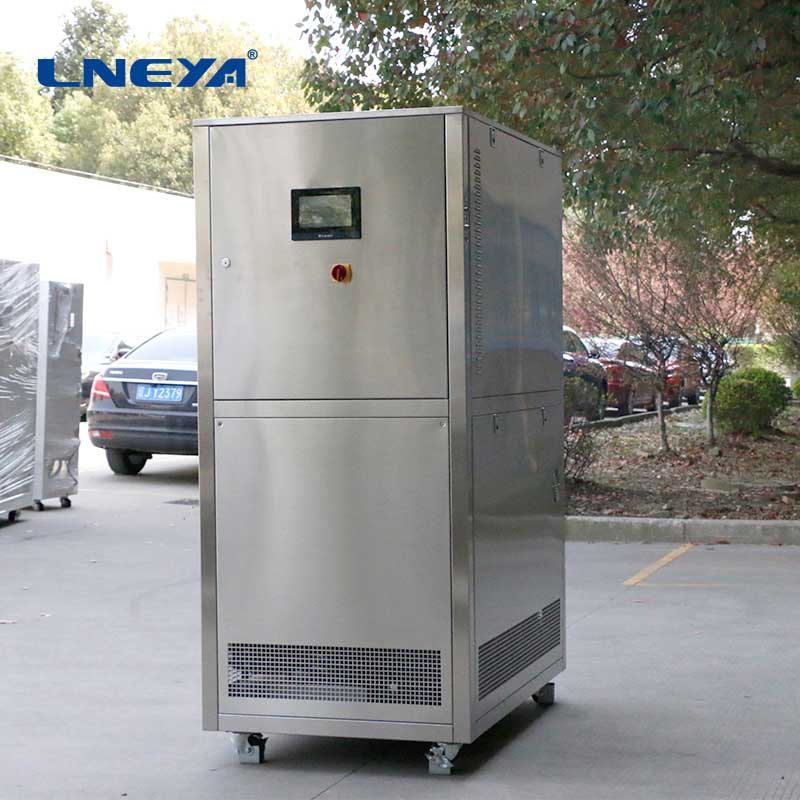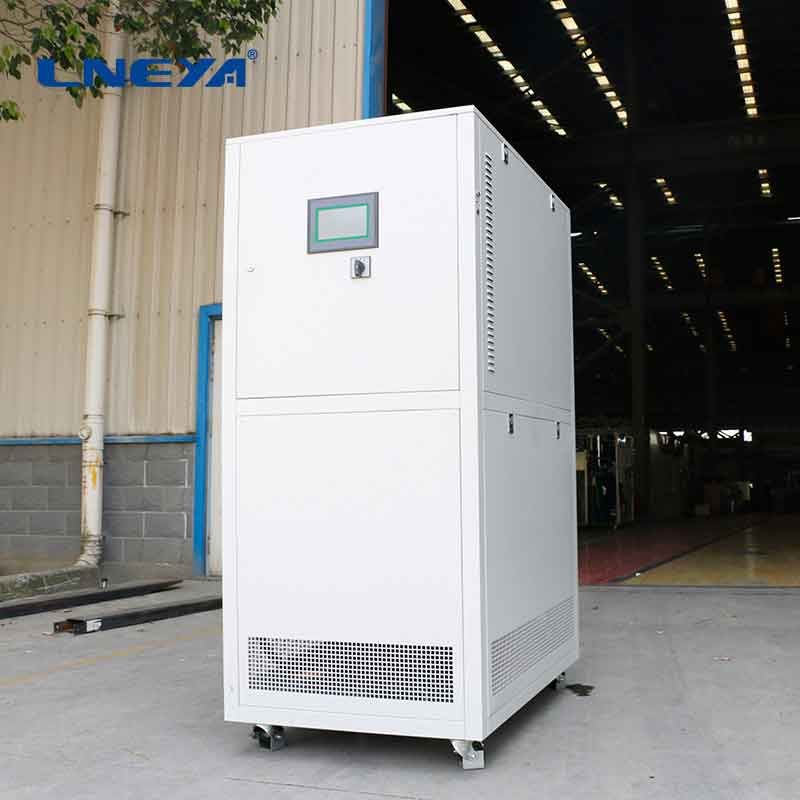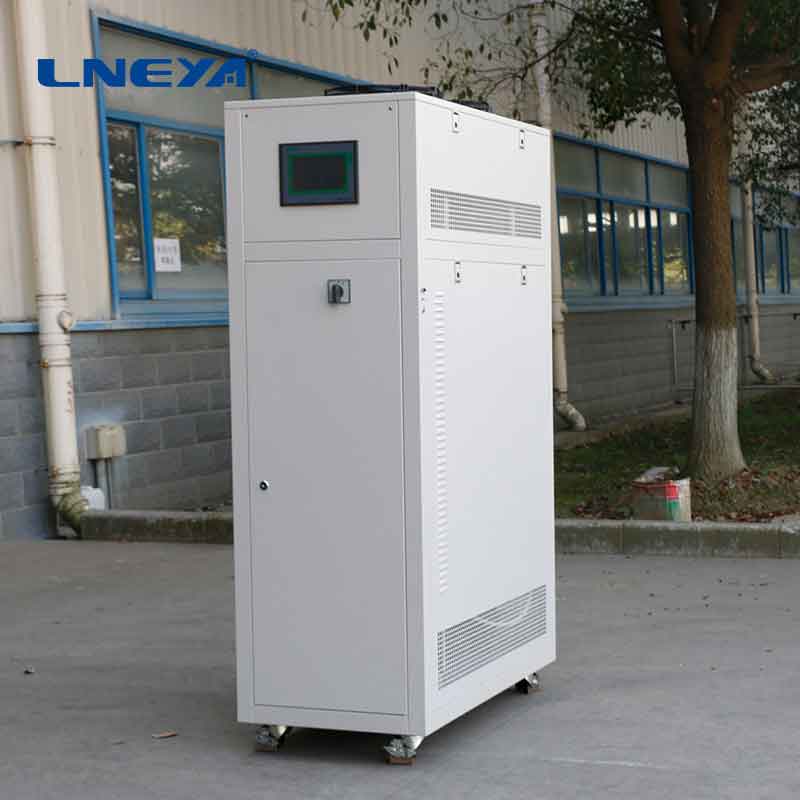water cooling temperature difference
Understanding Water Cooling Temperature Difference
In the realm of thermal management, particularly within water cooling systems, the temperature difference plays a critical role in determining the efficiency and effectiveness of heat transfer. This article delves into the importance of the temperature difference in water cooling systems, how it is calculated, and the factors that can influence it.

What is Temperature Difference in Water Cooling Systems?
The temperature difference in water cooling systems refers to the variation in temperature between the inlet and outlet of the cooling medium (usually water) as it passes through a heat exchanger or a similar component. This difference is a measure of the system’s ability to absorb and carry away heat from the source.
Significance of Temperature Difference
Efficiency of Heat Transfer:
The greater the temperature difference, the more effective the heat transfer, assuming other factors like flow rate and heat exchanger surface area are constant.
System Design:

The required temperature difference influences the design of the heat exchanger, including its size and the materials used.
Operational Parameters:
The temperature difference affects the operational parameters of the system, such as pump speed and fan speed, which can impact energy consumption.
Ideal Temperature Differences
The ideal temperature difference varies depending on the specific application and the design of the cooling system. Generally, a higher temperature difference is desirable for improved heat removal. However, achieving this may require increased pumping power and can affect the overall system design and cost.
Factors Affecting Temperature Difference
Flow Rate:
Higher flow rates can lead to a smaller temperature difference as the cooling medium has less time to absorb heat.
Heat Load:

A higher heat load requires a larger temperature difference to effectively remove the heat.
Heat Exchanger Design:
The design and materials of the heat exchanger can significantly impact the temperature difference.
Environmental Conditions:
Ambient temperature and other environmental factors can influence the temperature difference by affecting the cooling medium’s ability to dissipate heat.
Conclusion
The temperature difference in water cooling systems is a critical parameter that affects both the design and operation of the system. Understanding and optimizing this parameter can lead to more efficient and effective cooling solutions. Engineers and technicians must consider various factors, including flow rate, heat load, and heat exchanger design, to achieve the optimal temperature difference for a given application.
Note: This article is intended for informational purposes only and should not be considered as professional advice. For specific applications, it is recommended to consult with a qualified HVAC professional.
Related recommendations
high temperature test chamber
761Introduction to High Temperature Test Chambers High temperature test chambers are sophisticated devices designed to replicate extreme temperature conditions within a controlled environment. The...
View detailssmall water chiller price
396Understanding the Price of Small Water Chillers A small water chiller is a crucial piece of equipment for various applications, including industrial processes, medical equipment cooling, and ev...
View detailsModel Considerations for Different Chiller Manufacturers
1474Model Considerations for Different Chiller Manufacturers At present, there are more and more manufacturers producing chillers, and there are many refrigeration equipment that need to be selec...
View detailslow temperature cooling system
343Low Temperature Cooling System: An In - Depth ExplorationIn numerous scientific, industrial, and technological fields, the ability to achieve and maintain low temperatures is of paramount importa...
View details
 LNEYA Chiller
LNEYA Chiller





HelloPlease log in